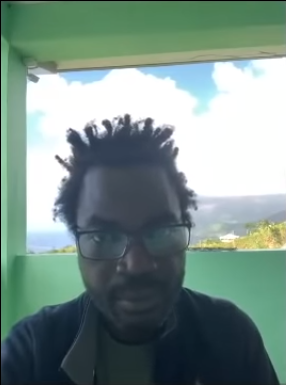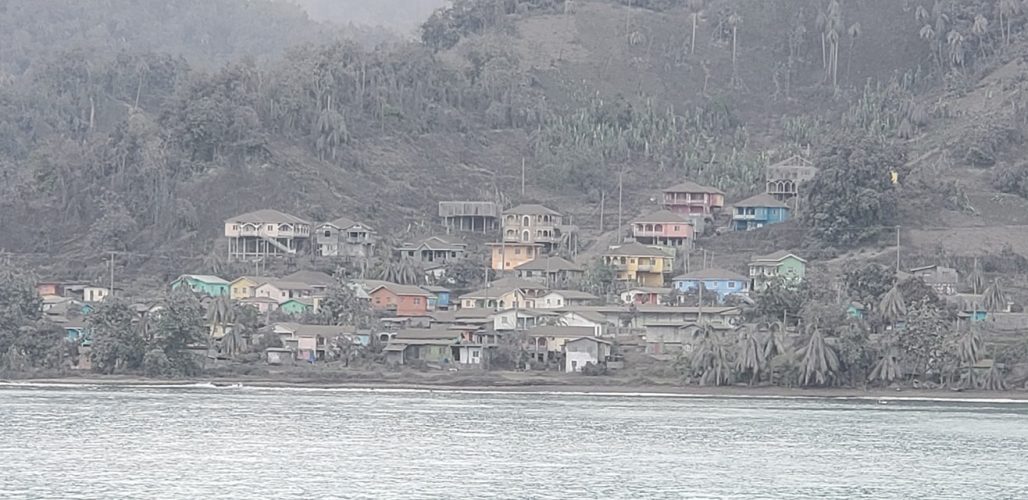Montserratian-born Dr. Thomas “TC” Christopher has taken over as scientific lead monitoring ongoing activity at the St. Vincent & the Grenadines’ La Soufriere volcano.
Dr. Christopher, who is a resident scientist at the Montserrat Volcano Observatory (MVO), takes over from Dr. Richard Robertson, who has returned to his substantial role at the UWI Seismic Research Centre in Trinidad & Tobago. UWI-SRC manages both the MVO and the operations at the St. Vincent observatory.
As activity at the volcano continues to increase, the intention is to rotate team leads in an effort to not only share the workload but allow various areas of expertise to be available to the team at the observatory and St. Vincent & the Grenadines National Emergency Management Organisation (NEMO).

TC, as he is known to friends and colleagues, obtained an undergraduate degree in geology from UWI Mona in 2000. He later completed work on a doctorate in Earth Sciences at St Catherine’s College, University of Cambridge. He, along with Dr. Adam Stinton who are both based at the MVO travelled to the island in mid-January to assist with data collection at the site of the new dome.
Stinton has since returned to Montserrat and Christopher stayed on to continue to work on volcanic gas monitoring, which is his area of specialty. He now leads a team which includes Monique Johnson-Lynch, Garth Mannette – Electronics and Dr. Michal Camejo-Harry – Volcanologist.
Johnson’s role is to help build up the capacity of the SVG Observatory as it relates to procedures for staff on monitoring the volcano and management of the facility.
Having, worked on Montserrat during many of the eruptions and the continued monitoring of the Soufrière Hills Volcano, TC provides great insight to the team and to NEMO St. Vincent and the Grenadines, UWI-SRC officials said..
Click to watch an interview with Dr. TC on his new role and what is happening at the La Soufriere volcano.
Saturday, February 6, 2021 update from NEMO
1. The new dome continues to grow with lateral spreading of material towards the north and south, with a preferred northward growth observed.
2. The most active gas emissions are at the contact areas between the pre-existing 1979 dome and the 2020-21 dome, as well as the top of the new dome.
3. The camera installed at the summit of the volcano, on January 24 to monitor changes of the dome, was adjusted on February 01, to allow clearer images to be received.
4. Four (4) GPS stations are currently streaming data to SRC.
5. Damage to vegetation, from acidic gases emitted from the growing dome, downslope of the summit continues to be observed.
6. The Belmont Observatory is now occupied permanently by the Lead Scientist and the monitoring network is now being done on a twenty four hour basis.

Discover more from Discover Montserrat
Subscribe to get the latest posts sent to your email.





